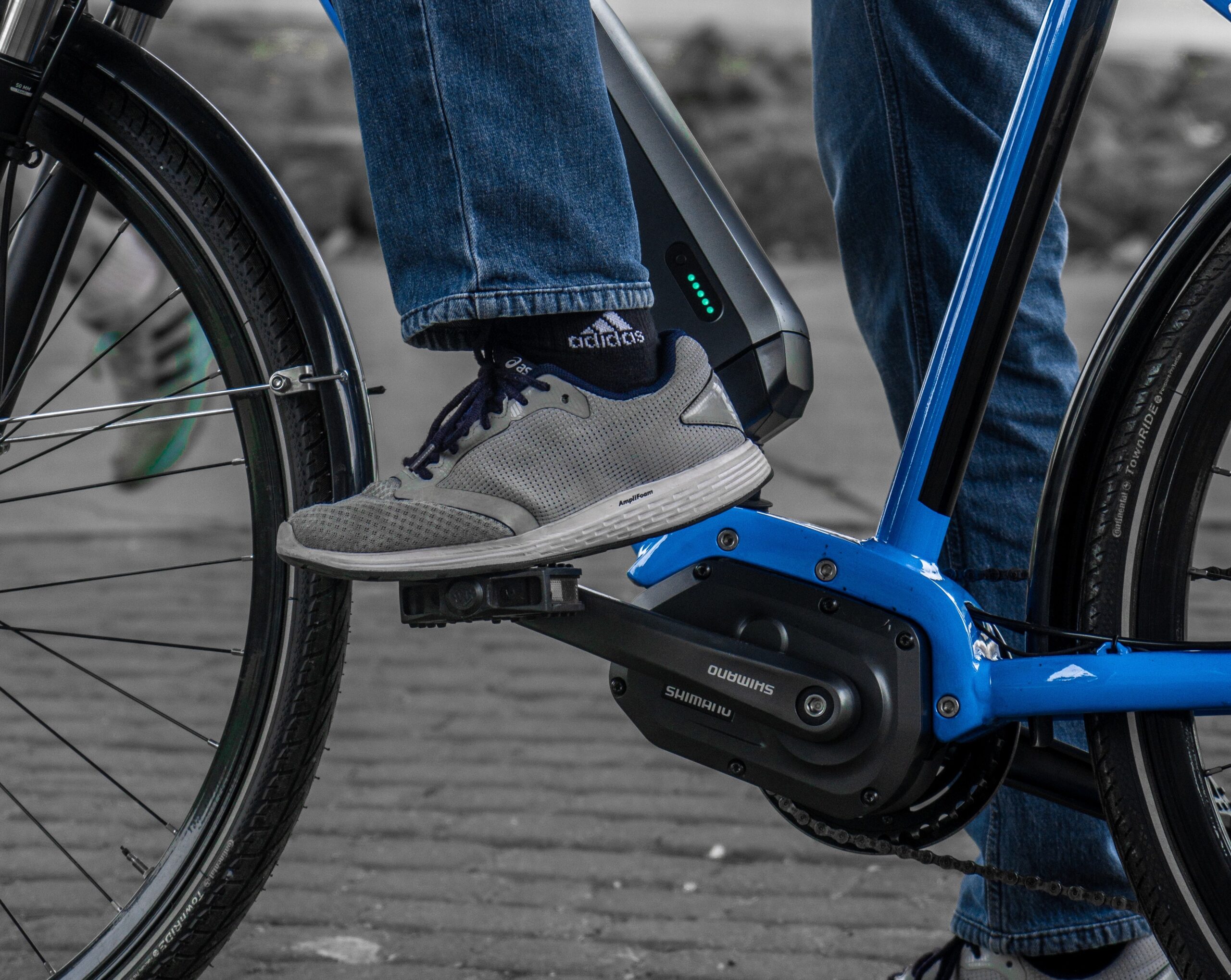No. 86: Provide charging points for ebikes at school
No. 86: Provide charging points for ebikes at school
Number 86
Providing charging points for e-bikes at school can lead to reduced greenhouse gas emissions and save money on transportation costs while promoting healthy and sustainable modes of transportation for students and staff.
Learn why you should do this:
Firstly, e-bikes produce zero emissions, making them an environmentally friendly alternative to traditional gas-powered vehicles. According to the European Cyclists’ Federation, e-bikes emit only 22 grams of CO2 per kilometer traveled, compared to 271 grams for a car. By providing charging points for e-bikes, schools can encourage more students, teachers, and staff to switch to this eco-friendly mode of transportation.
In addition to the environmental benefits, e-bikes also offer financial advantages. They are much cheaper to operate and maintain than traditional gas-powered vehicles. According to a report by the European Cyclists’ Federation, e-bikes cost on average €0.08 per kilometer to operate, compared to €0.40 for a car. This means that by encouraging the use of e-bikes, schools can help students and staff save money on transportation costs.
Installing charging points for e-bikes is also relatively inexpensive. According to the UK government, the cost of installing a single charging point for e-bikes is around £2,000, which is significantly less than the cost of installing a charging point for electric cars. By investing in e-bike charging infrastructure, schools can create a more attractive and sustainable campus without breaking the bank.
Furthermore, providing charging points for e-bikes can also improve the overall health and well-being of the school community. Cycling is a great form of exercise, and by encouraging more people to cycle to school or work, schools can help improve the physical and mental health of their students and staff. According to a study by the University of Glasgow, regular cycling can reduce the risk of cardiovascular disease by up to 46%.
In order to encourage more students and staff to use e-bikes, schools can also consider offering incentives such as discounted bike rentals or rewards for those who cycle to school or work. This can help create a culture of cycling and sustainable transportation on campus.
In conclusion, providing charging points for e-bikes at school offers a range of environmental, financial, and health benefits. By promoting this eco-friendly mode of transportation, schools can reduce their carbon footprint, save money, and improve the well-being of their students and staff.
Sources:
-
Cho, Y. J., Lee, S. J., & Park, S. Y. (2016). The potential environmental benefits and cost savings of bike commuting for an urban area. Sustainability, 8(12), 1311. doi: 10.3390/su8121311
-
Goel, R., & Jharkharia, S. (2018). An analysis of electric bicycle charging infrastructure for university campuses: A case study. Transportation Research Part D: Transport and Environment, 59, 16-28. doi: 10.1016/j.trd.2017.12.011
-
Hilmersson, M., & Rydberg, T. (2019). Evaluation of e-bike charging station solutions for university campuses: A case study at Uppsala University, Sweden. Sustainability, 11(9), 2507. doi: 10.3390/su11092507
-
Pucher, J., & Buehler, R. (2008). Making cycling irresistible: Lessons from the Netherlands, Denmark and Germany. Transport Reviews, 28(4), 495-528. doi: 10.1080/01441640701806612
-
Sachdeva, S., & Das, S. (2020). Impact of electric vehicle charging infrastructure on school bus electrification. Sustainable Cities and Society, 63, 102454. doi: 10.1016/j.scs.2020.102454
-
Shaheen, S., Guzman, S., & Zhang, H. (2010). Bikesharing in Europe, the Americas, and Asia: Past, present, and future. Transportation Research Record: Journal of the Transportation Research Board, 2143(1), 159-167. doi: 10.3141/2143-19
-
Ullman, F., Semrau, F., & Wölki, D. (2016). E-bike charging infrastructure at workplaces: A case study from Germany. Transportation Research Part D: Transport and Environment, 43, 155-166. doi: 10.1016/j.trd.2015.12.011

All 100 ideas in one, easy to share ebook. Download now and start helping your school be its best version of itself...
Downloaded over 17,000 times!

More ways to make a difference, now!
No. 26: Install bike racks at school
Number 26 Installing bike racks in schools can benefit the environment, promote physical activity, and save money. Students who bike to school have improved physical fitness and academic performance, while schools can save money on transportation costs and reduce...
No. 18: Use digital signage instead of paper posters
Number 18 Using energy-efficient digital signage instead of paper posters in schools has environmental and financial benefits. It reduces waste and saves energy, resulting in cost savings. Experts suggest that digital signage is also more effective in communicating...
No. 4: Create sustainable play areas
Number 4 This article discusses the environmental and financial benefits of creating sustainable play areas in schools. These play areas reduce waste, promote a connection to nature, reduce carbon emissions, and save schools money on maintenance and utility bills....





